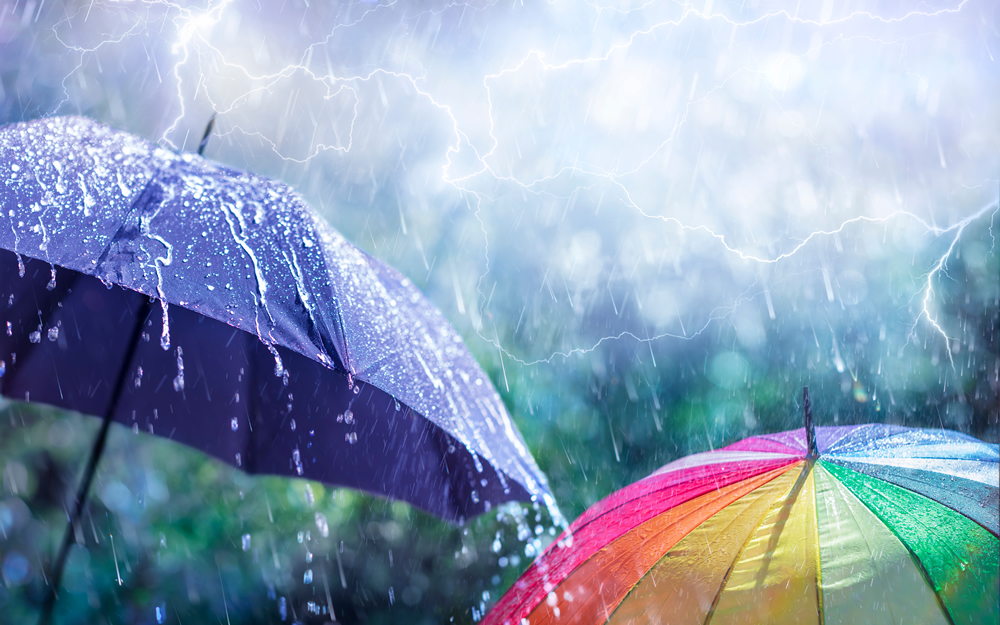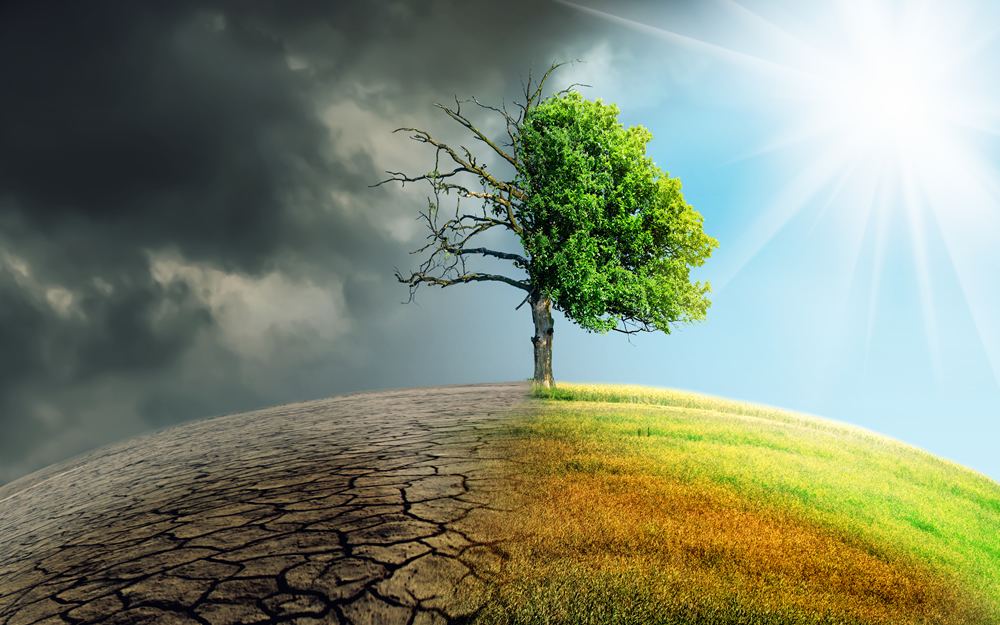- Home /
- Green stories /
- Cloudbursts: What are they and how do they form
Cloudbursts: What are they and how do they form

A meteorologist might refer to them as rainstorms or downpours, but the term "cloudburst" has become common when referring to these dramatic events whose effects are often very disruptive for the areas in which they occur. A cloudburst is an extreme amount of sudden precipitation in a short period of time. This is concentrated in an area of typically only a few kilometres, leading to flash floods and causing rivers to burst their banks with disastrous consequences. But let's find out more.
How do cloudbursts form?
Whilst the Earth has always been subject to violent storms, recently they seem to be more frequent than ever. Why? To understand this phenomenon better, first we need to know how a cloudburst is formed.
A cloudburst is formed when a strong upward current of hot air prevents condensed raindrops from falling to the ground. These already-formed raindrops rise and increase in size, whilst other smaller drops are formed at the lower levels. Large amounts of water therefore accumulate in the atmosphere, which are then dumped suddenly in the form of precipitation when the upward currents weaken and the clouds can no longer hold them.
Cloudbursts are more common over hills and mountains, because the sloped terrain facilitates the ascent of warm air currents up towards the atmosphere. But sudden rainstorms can hit anywhere and, indeed, we hear more and more frequently about intense downpours and the devastating effects they are having across Europe.
The role of global warming
Now that we know how cloudbursts are formed, it is easier to understand how global warming impacts the frequency of these extreme weather events.
Over the past fifty years, ocean temperatures have increased by about 0.014°c per year, or a total of 0.7°C in half a century1. Moreover, the Mediterranean Sea has been disproportionately affected by this phenomenon with regard to the global average, seeing an overall increase of more than 1.5°C since the Eighties2.
Rising sea temperatures increase water evaporation and are therefore responsible for more intense rainfall and other, more extreme forms of precipitation.
Cloudbursts in Italy
2021 hasn't yet come to an end, but data for the year is already alarming: a study by Coldiretti3 calculated that so far, this year, Italy has seen almost 1600 extreme weather events - an increase of as much as 33% compared with the previous year. These events include hailstorms, blizzards and windstorms alternating with heat waves and, in particular, cloudbursts.
Liguria holds the unenviable record for being the region most affected by cloudbursts, although Lombardy, Piedmont, Lazio, Campania, Sicily and Sardinia have all been affected, resulting in extensive damage to both countryside and urban areas, and even casualties.
Without a real commitment to curbing global warming, the situation can only get worse. As individuals, we can all do our part via simple day-to-day actions: for example, reducing our consumption of plastic bottles and CO2 by choosing to consume only water which is processed locally and using a refillable water bottle, thanks to the help of Acea Waidy Wow.
1 Source: Ocean State Report
2 Source: Upper Ocean Temperatures Hit Record High in 2020
3 Source: Sky TG 24














